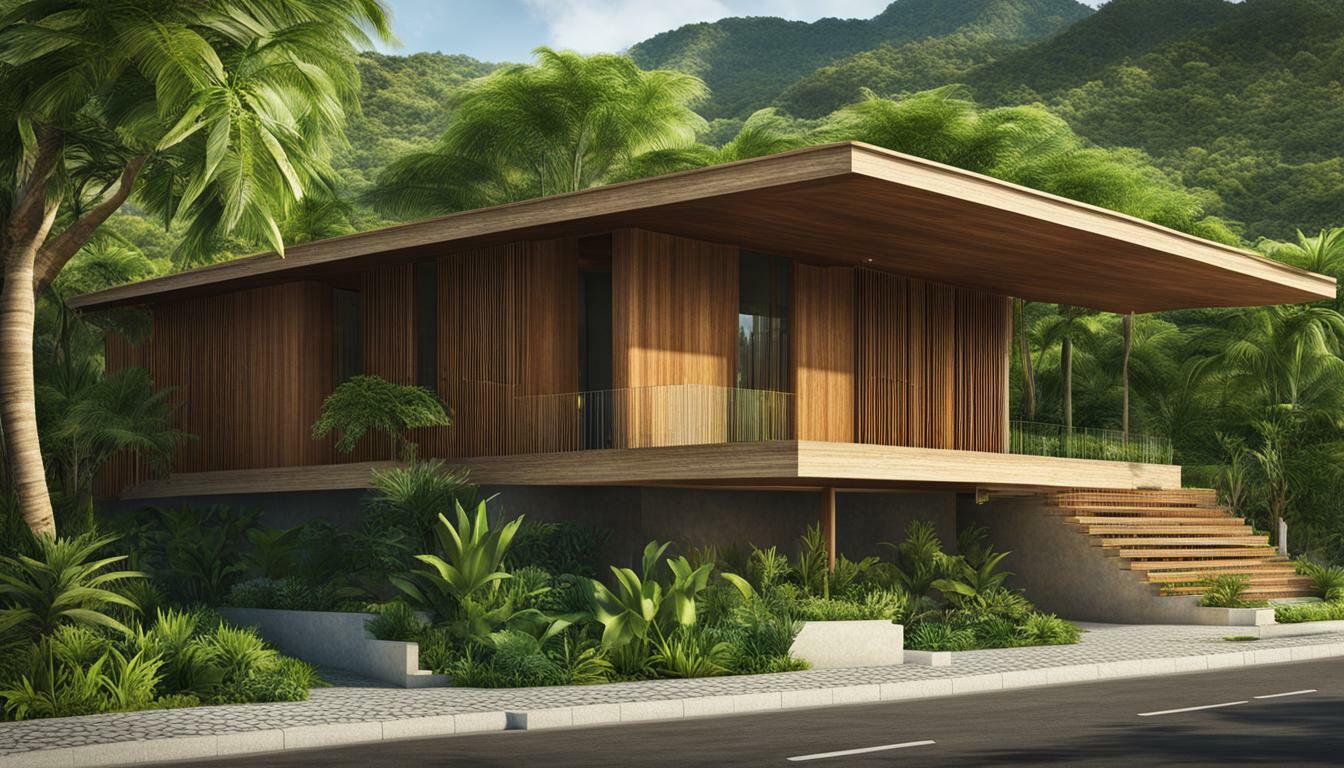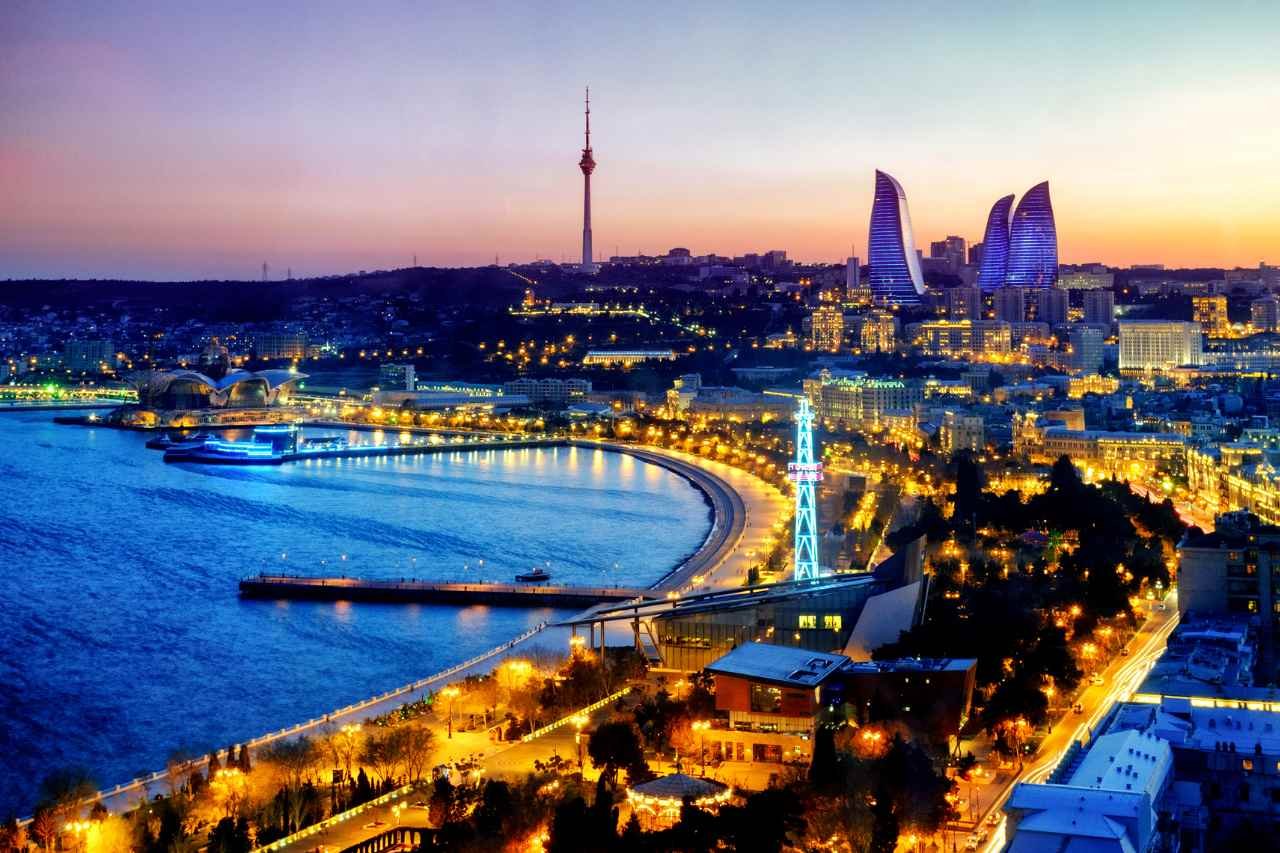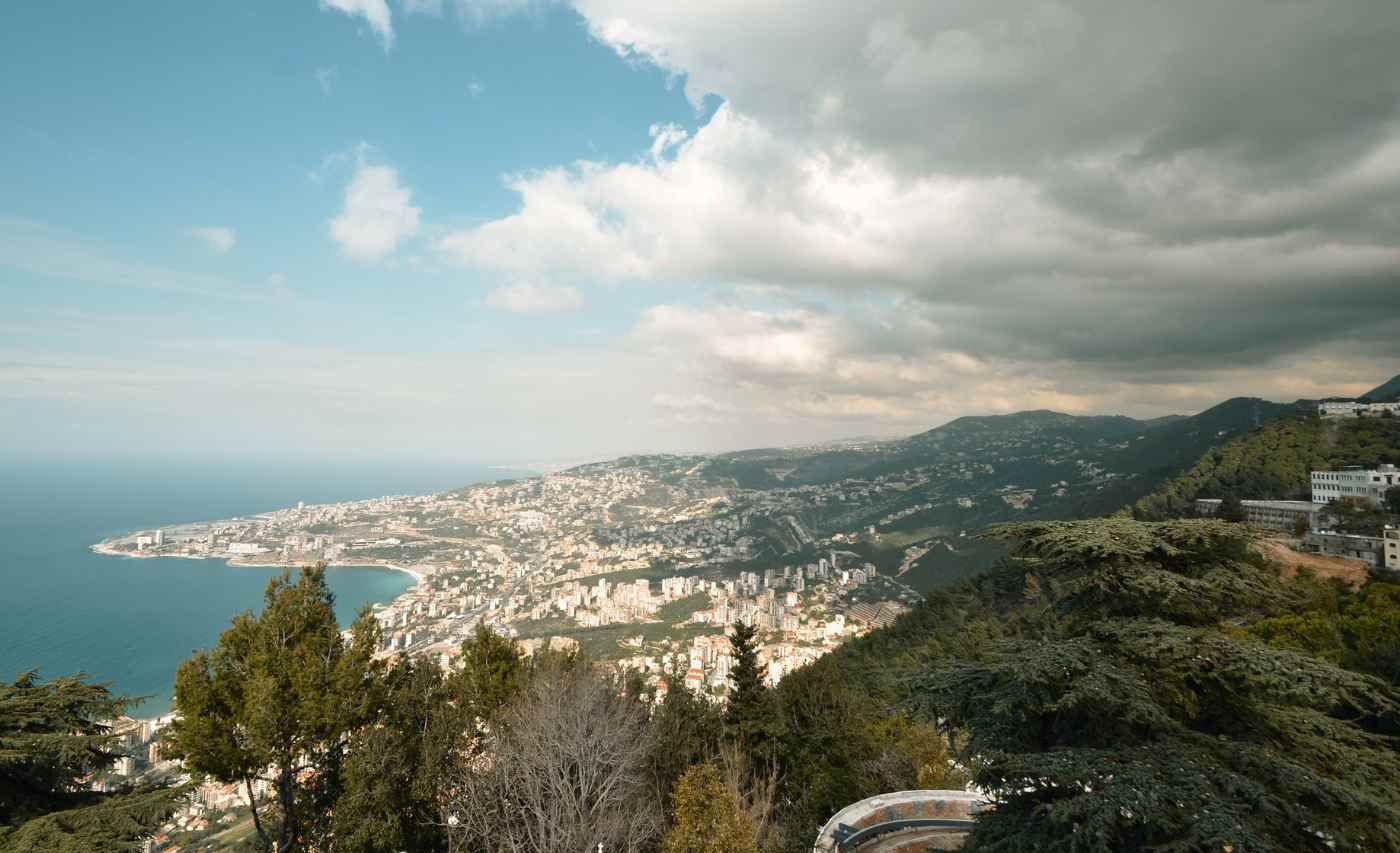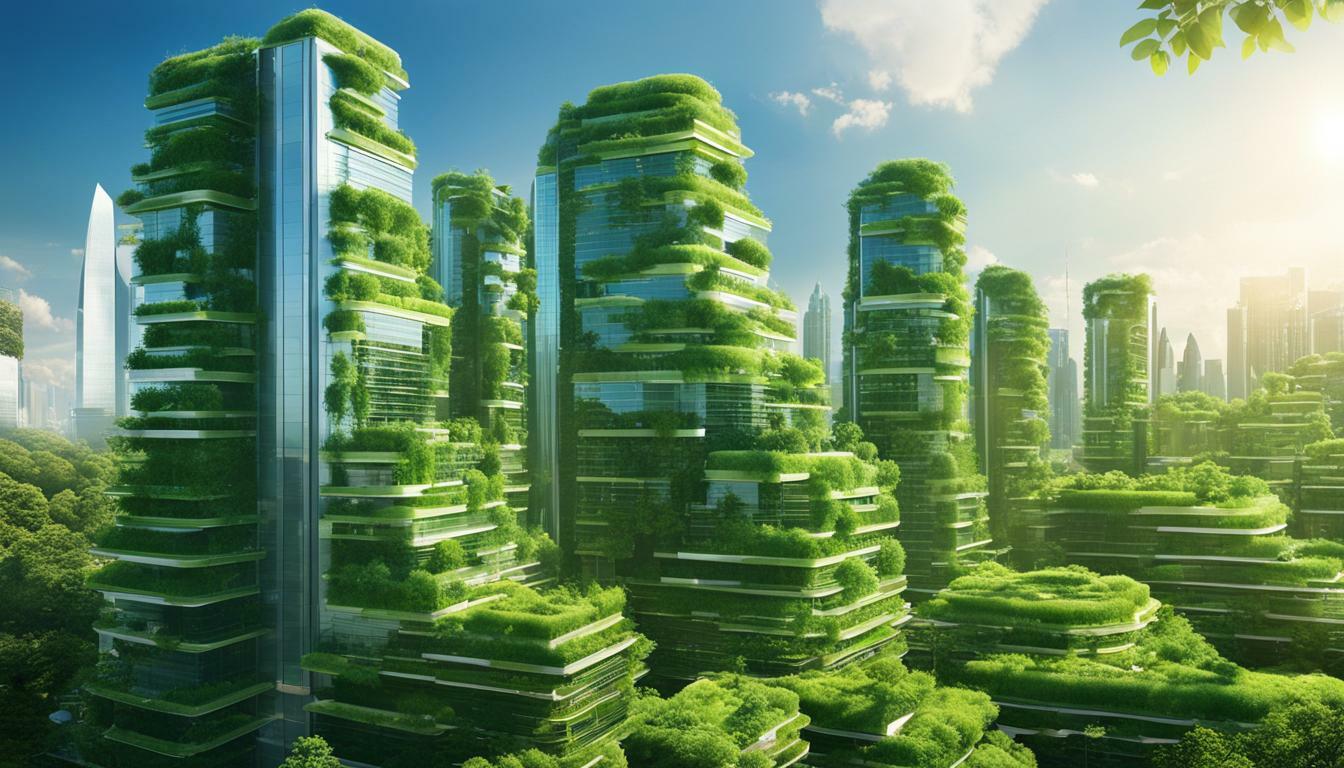Costa Rica Green Building History
Costa Rica is a country that has always been environmentally conscious and this is reflected in its approach to green building. Sustainable construction and eco-friendly architecture have been at the forefront of building practices in Costa Rica for several years.
The country has a long history of prioritising sustainability, and this is evident in the way buildings are designed and constructed. Costa Rica’s green building history is a reflection of its commitment to preserving its natural environment and reducing its carbon footprint.
- Costa Rica has a strong emphasis on sustainable construction and eco-friendly architecture.
- Green building standards and sustainable design principles are integral to Costa Rica’s environmental building practices.
- The use of renewable materials and energy-efficient buildings play a significant role in reducing carbon footprints in building projects.
- Adhering to green building standards and certifications is essential to ensure sustainable construction and design practices.
- Strategies for carbon footprint reduction are actively implemented in Costa Rica to promote a greener future.
Environmental Building Practices in Costa Rica
Costa Rica is renowned for implementing sustainable practices in construction and design, with the development of environmental building practices and green building standards.
The implementation of sustainable design principles has been central to Costa Rica’s approach to eco-friendly architecture, with an emphasis on materials and technologies that limit the negative impact on the environment. The country’s commitment to sustainable construction is evident in the development of green building standards, which provide guidelines for builders and developers on environmentally responsible techniques and materials.
Costa Rica’s green building standards place emphasis on reducing resource consumption, minimizing waste, and using eco-friendly materials and technologies, which encourages environmentally friendly practices in every aspect of a development project. In addition to this, the use of renewable energy sources is prioritized, and water conservation techniques are incorporated into the design and construction process.
The implementation of these green building standards has led to a significant reduction in the country’s carbon footprint and has positioned Costa Rica as a leader in sustainable design and construction practices. The emphasis on sustainable design principles has also led to the development of environmentally friendly technologies, such as solar panels and energy-efficient lighting.

Costa Rica’s commitment to sustainable construction practices has also led to increased demand for green building certifications, which provide official recognition of a development’s adherence to sustainable design principles and environmental building practices. The LEED certification system, for example, is becoming increasingly popular in Costa Rica, providing recognition of a development’s commitment to sustainability.
In conclusion, Costa Rica’s environmental building practices and green building standards have placed the country at the forefront of sustainable design and construction practices. The emphasis on reducing resource consumption, minimizing waste, and using eco-friendly materials and technologies has led to a significant reduction in the country’s carbon footprint, positioning Costa Rica as a leader in green construction and design. By prioritizing sustainable design principles, Costa Rica is paving the way for a greener future in the construction industry.
Use of Renewable Materials in Green Buildings
Costa Rica’s commitment to sustainable construction and eco-friendly architecture has resulted in the use of innovative materials that are both renewable and biodegradable. This approach to building design not only reduces the impact of construction on the environment, but it also helps to create healthier living spaces that are toxin-free.
One of the most commonly used renewable materials in green buildings in Costa Rica is bamboo. This fast-growing plant is easy to harvest and has a low environmental impact. Bamboo can be used for a variety of different purposes, including flooring, walls, and roofing.
Another commonly used renewable material is FSC-certified wood. This type of wood is sourced from forests that are managed in an environmentally responsible way, ensuring that they will continue to provide a sustainable resource for generations to come.

Recycled materials are also a popular choice in green building design. For example, reclaimed wood can be used for flooring, walls, and other decorative features. This not only reduces the amount of waste going to landfill, but it also gives old materials a new lease of life.
Sustainable construction in Costa Rica also involves the use of natural materials such as adobe, straw bales, and rammed earth. These materials have been used for centuries and are still popular today due to their low environmental impact and excellent thermal properties.
Overall, the use of renewable materials in green buildings in Costa Rica demonstrates the country’s commitment to sustainable construction and eco-friendly architecture. By using these materials, builders and architects are able to create healthier, more sustainable living spaces that minimize the impact of construction on the environment.
Energy-Efficient Buildings: A Focus on Sustainability
With Costa Rica’s emphasis on sustainable construction, green building initiatives have become the norm in recent years. Energy-efficient buildings are at the forefront of these initiatives, with environmental building practices taking center stage to ensure that each project reduces its carbon footprint.
Through the adoption of sustainable design principles, energy-efficient buildings significantly reduce energy costs and have a considerable impact on the environment. Buildings account for a significant portion of global greenhouse gas emissions, and energy-efficient buildings help to mitigate this problem.
Green building initiatives in Costa Rica prioritize the use of renewable energy, such as solar power, to reduce reliance on fossil fuels. This focus on environmental building practices has resulted in a significant reduction in carbon footprint in building projects across the country.
One example of an energy-efficient building in Costa Rica is the Casa Flotante project. Designed by Architect Benjamin Garcia Saxe, the building is entirely off-grid and uses renewable energy sources to power its lights, appliances, and water heater. The project’s design incorporates natural ventilation, rainwater harvesting, and passive solar orientation, emphasizing the importance of eco-friendly architecture and sustainable construction practices.
The success of energy-efficient buildings in Costa Rica serves as a model for future green building initiatives globally. By prioritizing sustainable design principles and implementing environmental building practices, buildings can become significant contributors to a greener future.

“Through the adoption of sustainable design principles, energy-efficient buildings significantly reduce energy costs and have a considerable impact on the environment”.
Green Building Standards and Certifications in Costa Rica
Costa Rica has been at the forefront of promoting sustainable construction and design practices. To ensure that buildings meet the highest environmental standards, the country has developed green building standards and certifications that are widely recognized in the industry.
The most prominent green building certification in Costa Rica is the Leadership in Energy and Environmental Design (LEED). This internationally recognized certification promotes sustainable construction and design practices by evaluating buildings based on their energy efficiency, water usage, and use of renewable materials. LEED-certified buildings in Costa Rica have significantly reduced their carbon footprint and achieved substantial energy savings.
Another important green building certification in Costa Rica is the Costa Rica Green Building Council (CRGBC). This independent organization evaluates buildings based on their adherence to sustainable design principles, including the use of renewable materials, energy efficiency, and water conservation. CRGBC-certified buildings in Costa Rica have demonstrated their commitment to sustainable construction practices and made significant contributions to the country’s green building initiatives.
Adhering to green building standards and certifications is not only beneficial for the environment but also has economic advantages. For example, LEED-certified buildings in Costa Rica have higher resale values, lower operating costs, and higher occupancy rates, making them attractive investments for developers and building owners.

In conclusion, Costa Rica’s commitment to sustainable construction and design practices is evident in the development of green building standards and certifications that are widely recognized in the industry. By adhering to these standards, buildings in Costa Rica are contributing to the country’s green building initiatives, reducing their carbon footprint, and creating economic benefits for developers and building owners. Sustainable construction and design practices are essential to building a greener future, and Costa Rica is leading the way.
Strategies for Carbon Footprint Reduction
Costa Rica has been at the forefront of sustainable construction practices, implementing various strategies to reduce carbon footprints in building projects. These strategies are aimed at promoting sustainable construction, reducing energy usage, and minimizing the impact of building activities on the environment.
One of the key strategies for carbon footprint reduction in Costa Rica is the use of renewable energy sources such as solar and wind power. By leveraging the abundant solar and wind resources available in the country, buildings can significantly reduce their dependence on traditional energy sources, ultimately reducing their carbon footprint.
Another effective strategy is the use of energy-efficient building materials and appliances. This includes the use of materials with high insulation properties, energy-efficient lighting systems, and low-flow water fixtures. By using these materials and appliances, buildings can minimize their energy usage and reduce their carbon emissions.
Costa Rica also promotes sustainable transportation solutions such as electric cars and bicycles. By encouraging the use of eco-friendly transportation options, the country is able to reduce the carbon emissions associated with traditional transportation methods.
Sustainable construction practices such as recycling of construction waste, water conservation, and the use of locally sourced materials have also been embraced in Costa Rica. These practices not only minimize the environmental impact of building activities but also promote sustainable development in the country.

By adopting these carbon footprint reduction strategies, Costa Rica continues to demonstrate its commitment to promoting sustainable construction and green building initiatives. These strategies not only benefit the environment but can also result in significant cost savings for building owners over the long term.
Conclusion
In conclusion, Costa Rica’s green building history serves as a testament to the country’s commitment to sustainable construction, eco-friendly architecture, and ongoing green building initiatives. The adoption of environmental building practices, including the development of green building standards and the use of renewable materials, has contributed significantly to reducing carbon footprints in building projects.
Energy-efficient buildings, which form a key component of green building initiatives in Costa Rica, have resulted in a significant reduction in carbon footprint and contributed to a greener future. Adhering to green building standards and certifications is integral to ensuring sustainable design and construction practices are upheld in the country.
Overall, Costa Rica’s green building history showcases the country’s dedication to promoting sustainable development and protecting the environment. It serves as an inspiration to other countries worldwide seeking to follow in its footsteps.
FAQ
What is the history of green building in Costa Rica?
The history of green building in Costa Rica emphasises sustainable construction and eco-friendly architecture.
What are the environmental building practices in Costa Rica?
Environmental building practices in Costa Rica include the development of green building standards and the adoption of sustainable design principles.
How are renewable materials used in green buildings in Costa Rica?
Renewable materials are extensively used in green buildings in Costa Rica to contribute to sustainable construction and eco-friendly architecture.
Why are energy-efficient buildings important in Costa Rica’s green building initiatives?
Energy-efficient buildings play a vital role in Costa Rica’s green building initiatives, significantly reducing carbon footprint and promoting sustainable design and construction practices.
What are the green building standards and certifications in Costa Rica?
Costa Rica has various green building standards and certifications that ensure sustainable construction and design principles are adhered to for environmentally-friendly projects.
How does sustainable construction contribute to carbon footprint reduction?
Sustainable construction practices implemented in Costa Rica help reduce carbon footprints in building projects, contributing to a greener and more sustainable future.
What are the key takeaways from Costa Rica’s green building history?
The key takeaways include the promotion of sustainable construction, eco-friendly architecture, and ongoing green building initiatives in Costa Rica.








